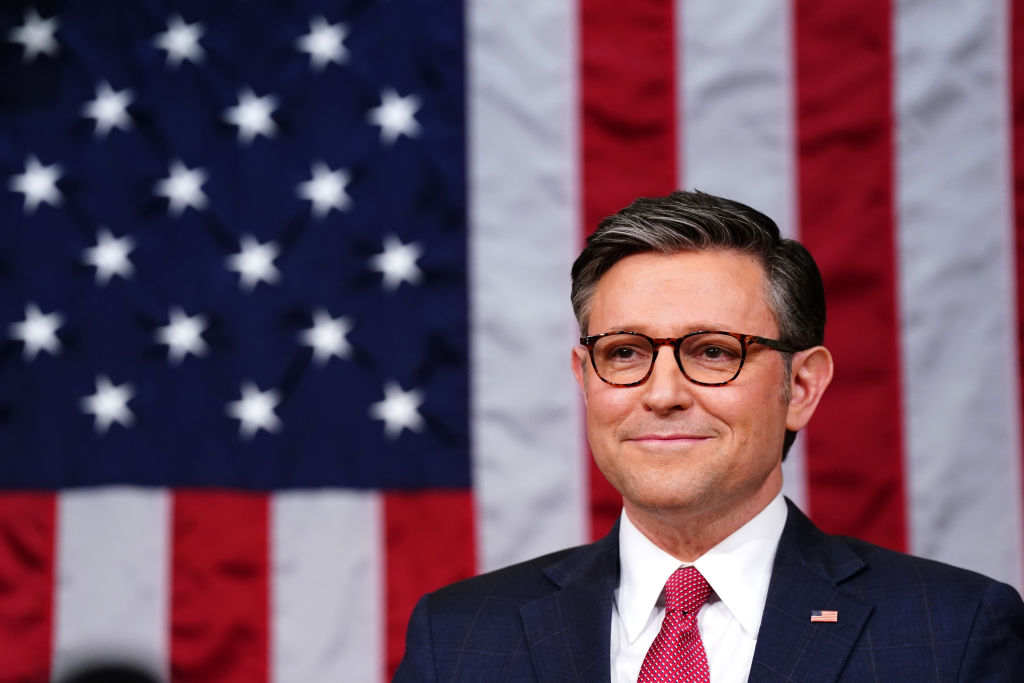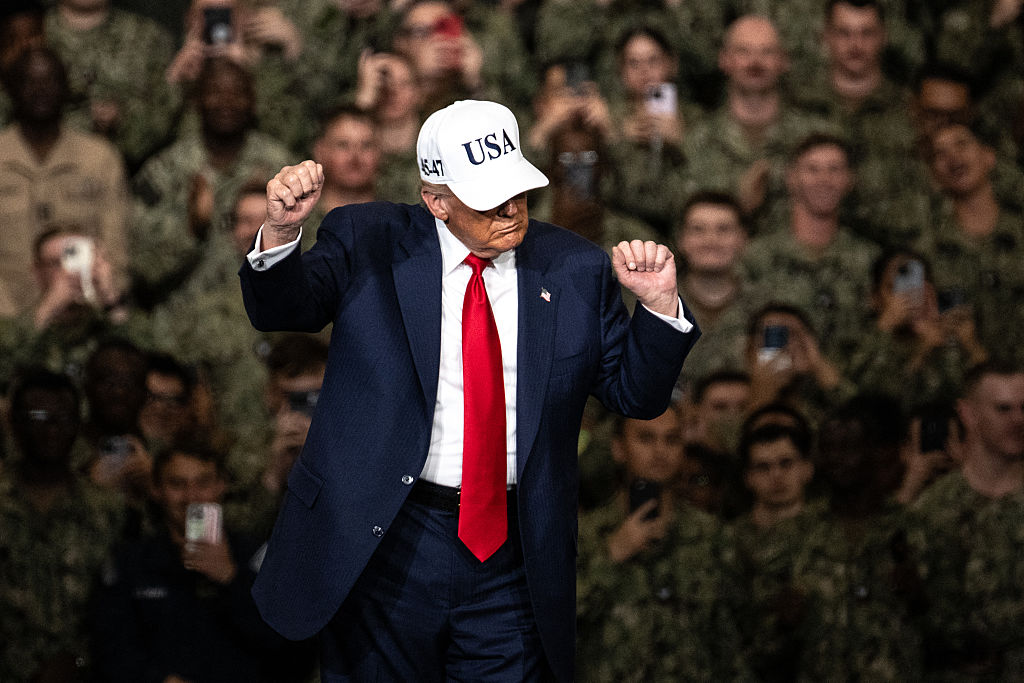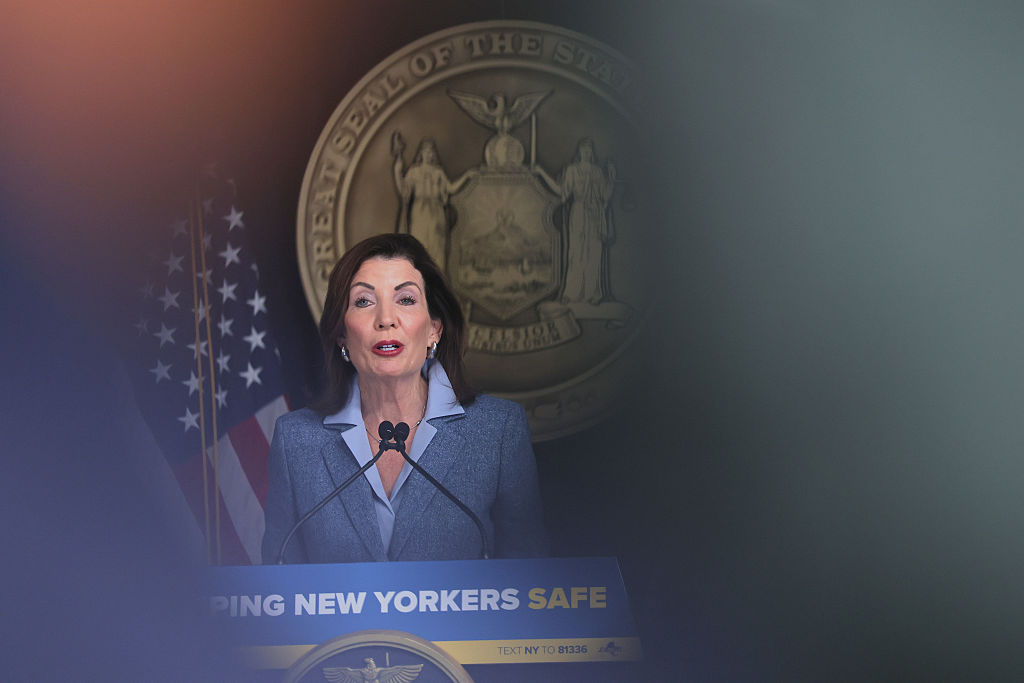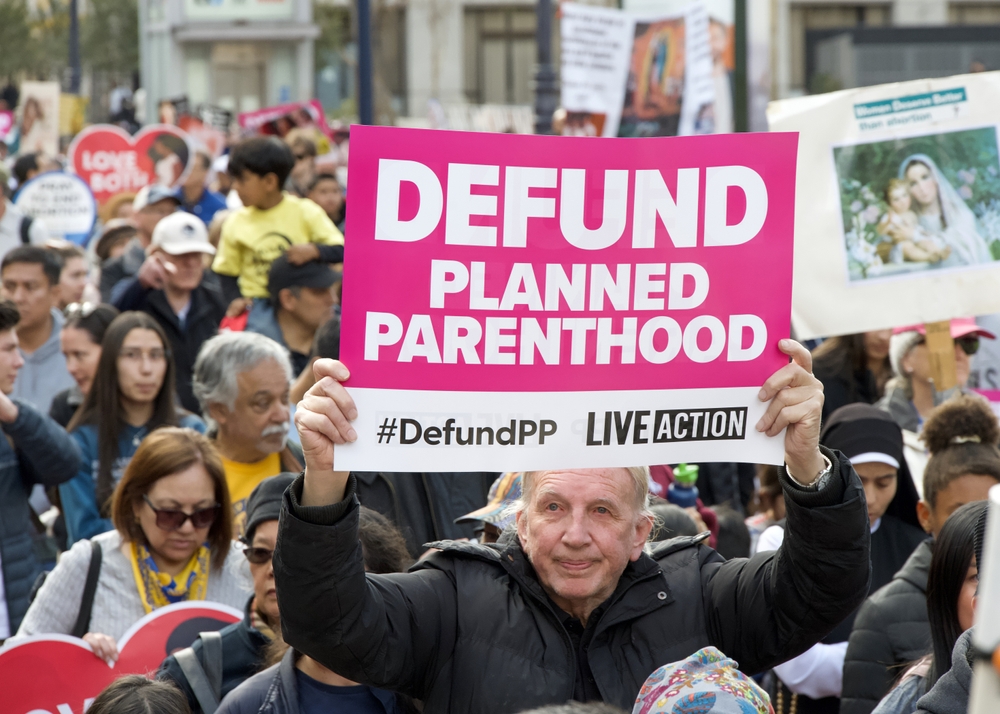Congress Certifies Election of Donald J. Trump and J.D. Vance

Members of the U.S. Senate and House of Representatives met for a rare joint session of Congress to officially certify the results of the 2024 presidential election on Monday, January 6, 2025.
After all Electoral College votes were tallied, President-elect Donald J. Trump and Vice President-elect J.D. Vance received 312 votes; Vice President Kamala D. Harris and Tim Walz received 226 votes.
Texas’ 40 electoral votes gave Trump and Vance a majority, eliciting cheers and whoops from members of Congress.
Vice President Harris oversaw the certification of the election before the joint session, reading the words that completed the electoral process:
You can watch a brief clip of the certification below:
The Electoral College is a process established by the Founding Fathers in the U.S. Constitution. It consists of the selection of 538 electors for president and vice president, with each state having the same number of electors as it does members in its Congressional delegation.
States with large populations have more Electoral College votes. For example, California has 54 votes, while Wyoming has just three.
Each candidate running for president has a chosen slate of electors to represent them in each state. The electors are generally chosen by the candidate’s political party in each state. So, when you vote for a presidential candidate, you’re voting for your candidate’s chosen electors – not for the candidate themselves.
Most states award all their electors to the presidential candidate who wins their state’s popular vote. However, Maine and Nebraska have a modified system, awarding electors by the winner of the popular vote in each Congressional district, plus two “at-large” electors for the winner of the state.
After every general election, the electors meet in their respective states on the First Tuesday after the second Wednesday in December. They cast their votes for president and vice president on separate ballots, which are then recorded on a Certificate of Vote. These certificates are then transmitted to the U.S. Congress.
On the 6th of January in the year after the meeting of the electors, members of the House and Senate meet in the House Chamber to officially count the electoral votes.
This certification of the Electoral College results by the Congress is the final step in the electoral process, and is stipulated in Article II, Section 1 of the U.S. Constitution:
Now that the results have been certified, Donald J. Trump and J.D. Vance will be sworn in as the 47th president and 50th vice president of the United States two weeks from today on January 20.
In recent years, there have been repeated attempts by some to do away with the Electoral College, and switch to a system where the winners of the popular vote are elected president and vice president.
The National Popular Vote Interstate Compact is an agreement among several states to award their Electoral College votes to the winner of the national popular vote. This would, in effect, abolish the Electoral College system.
The compact will take effect only if enough states (totaling 270 Electoral Colleges votes) pass legislation committing their electors to the winner of the national popular vote.
Currently, 17 states and the District of Columbia have adopted the compact – worth 209 electoral votes. Another three states – worth an additional 49 Electoral Colleges votes – have legislation to join the compact pending.
Our Founding Fathers adopted the Electoral College as a compromise between choosing presidents by a national popular vote, an election of the Congress, and other modes of election.
The Electoral College ensures presidential candidates receive broad support from different factions of the American electorate, rather than running up the vote solely in large population centers.
As Trent England, founder and executive director of Save Our States, has explained,
As Christians, Scripture exhorts us to pray for all leaders and those in authority.
“First of all, then, I urge that supplications, prayers, intercessions, and thanksgivings be made for all people, for kings and all who are in high positions, that we may lead a peaceful and quiet life, godly and dignified in every way” (1 Timothy 2:1-2, ESV).
Will you please join us in praying for President-elect Trump and Vice President-elect J.D. Vance as they prepare to take office? Pray they may be granted wisdom, and will uphold the Constitution especially by defending life, religious liberty and free speech.
Related articles and resources:
JD Vance: ‘Friends and Family are What Matter Most’
Donald Trump Elected 47th President of the United States
Photo from Getty Images.
ABOUT THE AUTHOR
Zachary Mettler is a writer/analyst for the Daily Citizen at Focus on the Family. In his role, he writes about current political issues, U.S. history, political philosophy, and culture. Mettler earned his Bachelor’s degree from William Jessup University and is an alumnus of the Young Leaders Program at The Heritage Foundation. In addition to the Daily Citizen, his written pieces have appeared in the Daily Wire, the Washington Times, the Washington Examiner, Newsweek, Townhall, the Daily Signal, the Christian Post, Charisma News and other outlets.
Related Posts

House Passes Annual Defense Bill Enacting Conservative Priorities
December 12, 2025

Court Upholds Trump Ban on ‘Transgender’ Service Members
December 11, 2025


